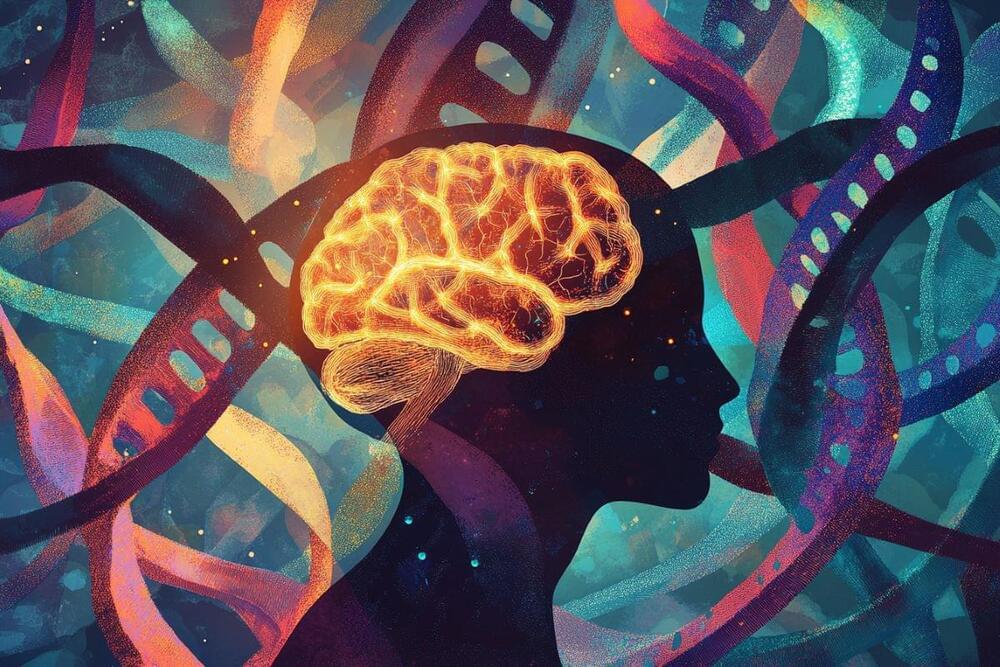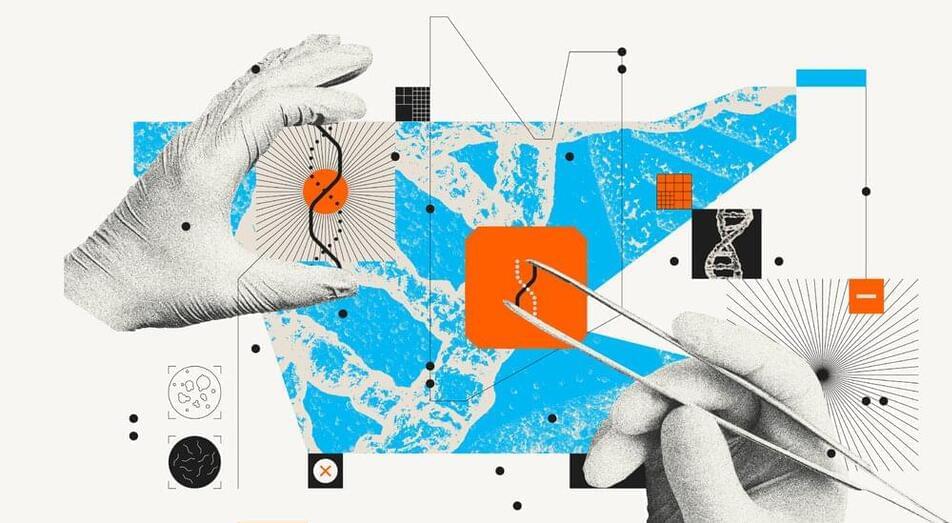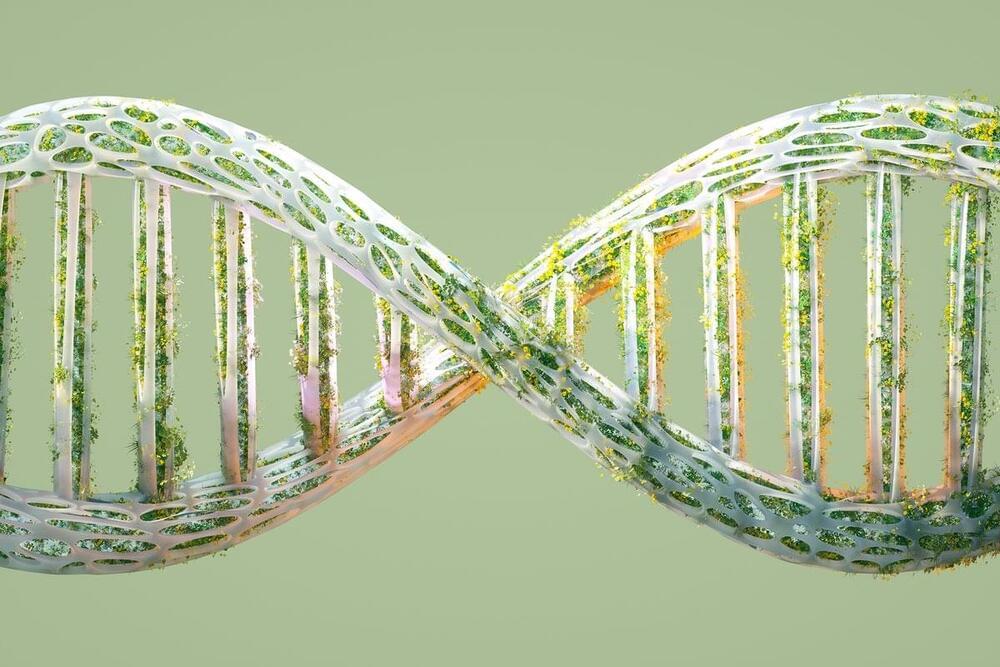Dec 23, 2024
Programed or non-programed aging: the debate
Posted by Nicolas Chernavsky in categories: biological, life extension
Aubrey de Grey and Josh Mitteldrof, two big names of the aging field, discuss their diverging views regarding the nature of aging: is it programed or not?
Host: Nicolás Cherñavsky.
Production: Nicolás Cherñavsky and Nina Torres Zanvettor.
Editing: Nina Torres Zanvettor.
Revision and subtitling: Nicolás Cherñavsky.
Continue reading “Programed or non-programed aging: the debate” »

















